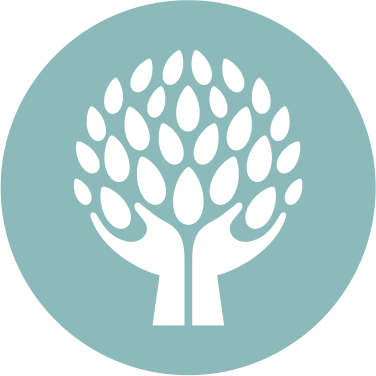Wow, a lot of you are talking about this show- thank you to all those who got in touch with me asking questions and giving comments. Last week’s blog (part one) introduced topics we need to be talking about raised by the series 13 Reasons Why. In this post we look at the remaining points as well as my thoughts after having now watched Season 2.
8. Sexting: A lot of what gets set in motion for Hannah starts with an inappropriate photo sent to the whole school. I know we try hammer in the point of ‘digital consequences’ to children, but it is so important to engage with them as a discussion, rather than as a lecture. While parents may be horrified at the idea of sexting, the behaviour is far more commonplace among adolescents. Talk with them about what they might say if they been asked to send a nude photo or how they can navigate that pressure when wanting to say no. Ask them what would they do if they received one and explore when it is not suitable to ask for one (PLEASE do not think your child would never ask – it’s rampant here in SA and someone has to be asking!). You are not condoning the behaviour by talking about it!
9. Power vs Popularity: This issue is particularly relevant to young people’s social life. In the series it highlights how many of the characters are afraid to stand up to a powerful bully and even protect him. The distinction and discussion between the 2 attributes is important to help young people consider relationships, acknowledge the dynamics at play and help them start deciding what it is they value.
10. Survivor’s Guilt: After a suicide, people often blame themselves for what they could, should or would have done differently. This show’s story line exaggerates this notion, with characters tormented by how they could have ‘saved’ Hannah. We need to be aware that others may experience this guilt following a suicide and address it head on with them before it becomes overwhelming. We need to remind those left behind that the complexities of mental health is vast -there are so many internal struggles that others are not aware of, and it is not due to someone’s actions.
11. Grief: There are two deaths in season one and we get brief snippets of the various grieving processes of the different characters. Each character responds and copes in their own way. This is helpful to highlight how grief affects everyone different -there is no right or wrong to feel. It also opens the conversation about healthier outlets for that pain and as opposed to more self-destructive ways.
12. The Goal: This idea was one that not many of the young people I spoke to had initially considered. Netflix did not make the show as an education tool. Yes they listed available resources and spoke about putting the spotlight on mental health but their goal is to get viewers and ultimately make money. The more hype, the better, so accuracy is not a priority. Critical thinking is a developing tool for adolescents, so encourage them to objectively consider the different motivations in the series, which will help bring a more realistic understanding to their experience.
13. Recovery: Hannah’s alternative options are not explored at all. Suicide was depicted as her only possibility. We need to talk to young people about what options are available – mental illness is hard, messy and complicated, but there are many helpful treatment and support option available. It may be a case of trial and error finding what works best for you, but there is always the possibility of recovery. Talk to them about what you’d do if you or they were experiencing mental illness- how would you go about accessing help, who would be the first port of call and what specific options are available. They need to know that it doesn’t have to feel like this forever.
Many of these themes continue into the new season –while some handled more successfully than the first season, others less so. They continued to analyze each character’s involvement in Hannah’s suicide and addresses relevant topics such as informed consent, ‘slut’ shaming, sexual assault, rape, gun violence, recreational drug use and addiction and the #MeToo movement. Yes it’s important to have such discussions, but it is in how some of the subject matter was handled that I have some concerns.
The creators tried to address previous criticism by placing warnings and resources before and after each episode as well as attempted to highlight ‘reasons why not’ but I fear the new season does more damage than good. It tries to be ‘real and honest’ but some of the scenes are unnecessarily graphic and violent and they used the ‘shock factor’ in a way that can be extremely unsettling and upsetting for viewers. For a show that targets a younger audience, who by nature are still figuring out how to process things in a mature way, this feels irresponsible and very concerning. I wish it was as simple as saying “Don’t watch it” but I know that many have and will. That is why parents MUST engage on these topics –if your child is watching this show, you need to know what they are being exposed to.
Tune in on Tuesday 29th May at 2pm on CapeTalk where I will continue this discussion on the Pippa Hudson show about this topic and how we support adolescents with these experiences.
Helpful Resources
South African Depression and Anxiety Group 0800 12 13 14
Lifeline Western Cape 021 461 111
Suicide Emergency 0800 567 567
Sign up here to get the latest blog posts and news or follow Talya Ressel Therapy Practice on Facebook
If you are interested in Talya Ressel running a workshop for parents or young people at your school or organization, please contact events@talyaressel.co.za

